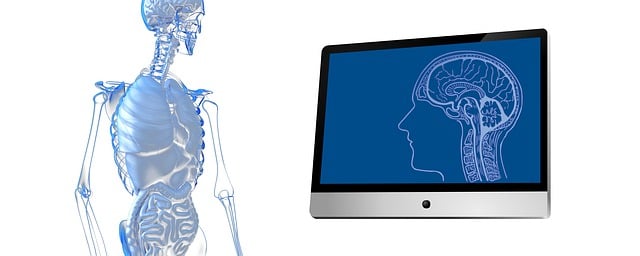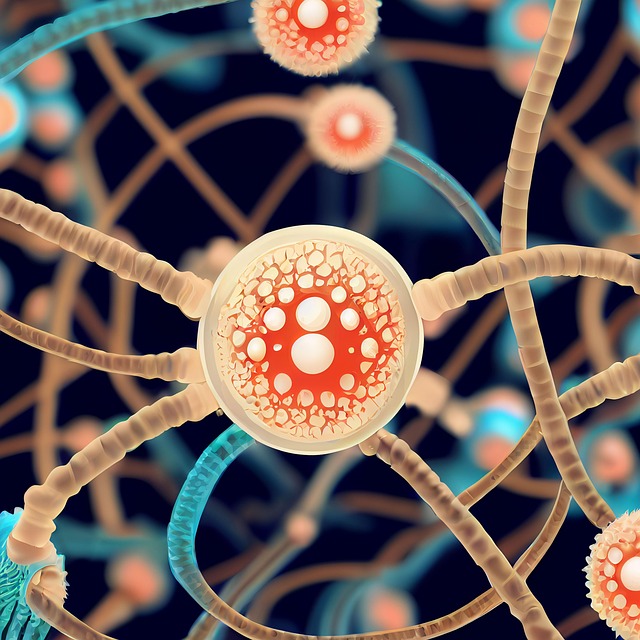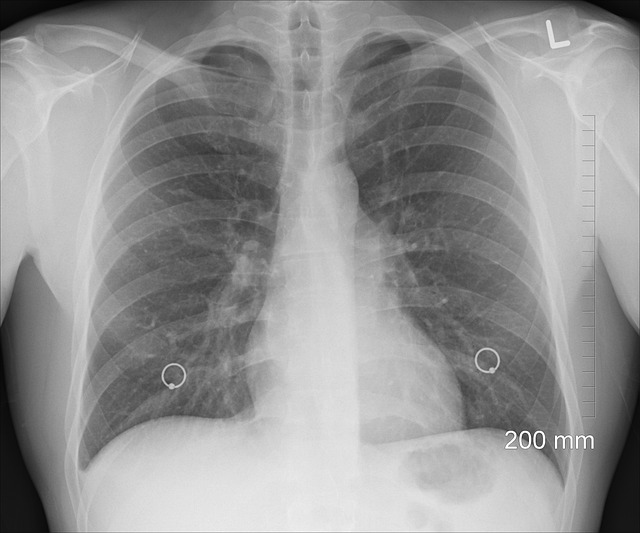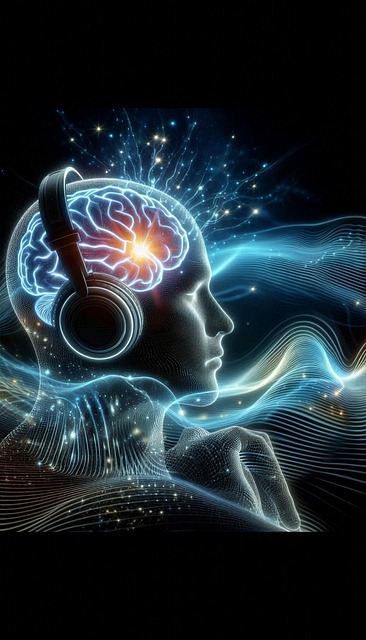Brain Imaging Unlocks MS Secrets: Diagnosis & Progression Tracking

Advanced brain imaging technologies, especially magnetic resonance imaging (MRI), are crucial for de…….
In the intricate world of healthcare, medical imaging has emerged as a pivotal tool, offering a window into the human body’s complexities. Among its diverse applications, medical imaging for the brain stands out as a game-changer in neurology and neuroscience. This comprehensive article aims to explore the multifaceted aspects of brain medical imaging, from its foundational concepts to cutting-edge technologies, global impacts, and future prospects. By delving into these realms, we uncover how this field is shaping patient care, research, and the overall understanding of neurological conditions.
Definition: Medical imaging for brain refers to a suite of advanced diagnostic techniques used to visualize and study the structure, function, and pathology of the brain and its surrounding structures. These non-invasive procedures provide critical insights into various neurological conditions, enabling accurate diagnosis, treatment planning, and monitoring.
Core Components:
Historical Context: The journey of medical imaging for the brain began with simple radiographic techniques in the early 20th century. Over time, advancements led to the development of CT scans in the 1970s and MRI in the 1980s, revolutionizing neurological imaging. These breakthroughs have since driven significant progress in diagnosing and understanding various brain disorders.
Significance: Brain medical imaging plays a pivotal role in several aspects of healthcare:
The global impact of brain medical imaging is profound, with significant variations across regions due to disparities in healthcare infrastructure and resources.
| Region | Impact and Observations |
|---|---|
| North America | Leads in advanced imaging technology adoption, particularly MRI and PET scanning. High-resolution research initiatives drive innovation. |
| Europe | Strong focus on standardized protocols for imaging, data sharing, and cross-border collaboration. Countries like Germany and the UK excel in clinical applications. |
| Asia | Rapidly growing market with increasing investment in healthcare infrastructure. China and India are notable for their efforts in expanding brain imaging accessibility. |
| Middle East and Africa | Disparities exist, but initiatives to improve healthcare infrastructure show promising results. The Middle East is known for its advanced radiology centers. |
| Latin America | Struggles with limited resources but demonstrates resilience through community-based initiatives and public-private partnerships. |
Trends Shaping the Future:
The economic landscape surrounding brain medical imaging is dynamic and multifaceted.
Market Dynamics:
Investment Patterns:
Economic Impact:
The field of brain medical imaging continues to evolve, driven by technological innovations that offer improved resolution, speed, and functionality.
International collaborations and initiatives play a crucial role in advancing brain medical imaging research and education.
While brain medical imaging has made remarkable strides, several challenges and ethical considerations must be addressed to ensure its responsible development and application.
The future of brain medical imaging holds immense potential, with ongoing research and technological advancements paving the way for more precise diagnostics and personalized treatments.
Brain medical imaging has undergone a remarkable transformation since its early beginnings. From basic diagnostics to advanced research tools, it continues to shape our understanding of the brain and its disorders. As technology evolves and global collaborations intensify, the field stands on the brink of even greater achievements. By addressing challenges and harnessing new opportunities, brain medical imaging will undoubtedly contribute to improved patient outcomes, enhanced scientific discovery, and a brighter future for neurology and neuroscience worldwide.

Advanced brain imaging technologies, especially magnetic resonance imaging (MRI), are crucial for de…….

Brain PET scans visualize brain metabolic activity, aiding in diagnosing neurological and psychiatri…….

Functional Magnetic Resonance Imaging (fMRI) is a non-invasive neuroscience tool that tracks blood f…….

Neuroimaging techniques like EEG and fMRI offer distinct methods to study brain activity. EEG record…….

This text compares Magnetic Resonance Imaging (MRI) and Computed Tomography (CT) scans for brain ima…….

MRI offers detailed non-invasive insights into brain structure and function, crucial for neurologist…….

Cerebral angiography advances revolutionize brain imaging with unprecedented precision in visualizin…….

Brain MRI and functional neuroimaging techniques like fMRI and DTI are powerful tools for diagnosing…….

Understanding radiation risks from brain CT scans is crucial. Modern scanners use optimized protocol…….

Brain CT scans, including DTI, are vital for diagnosing neurological conditions but pose radiation r…….